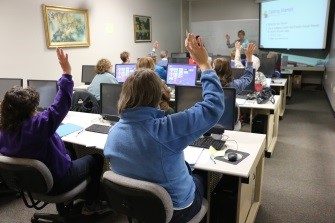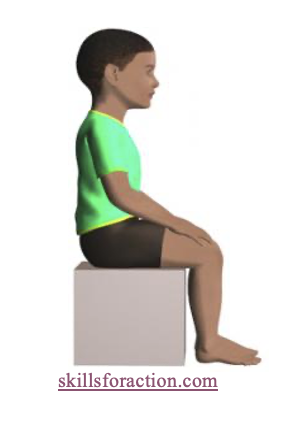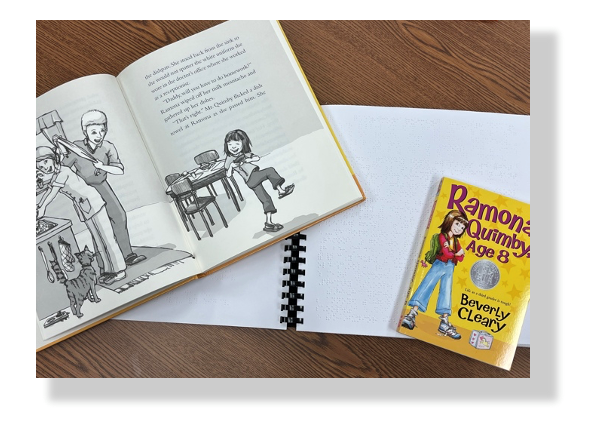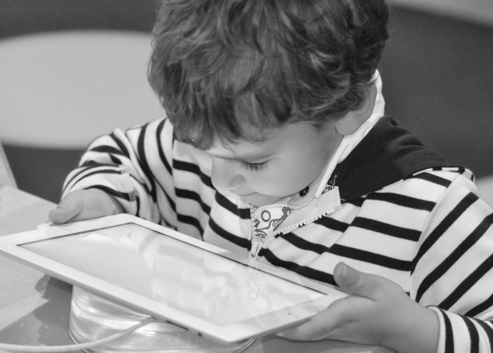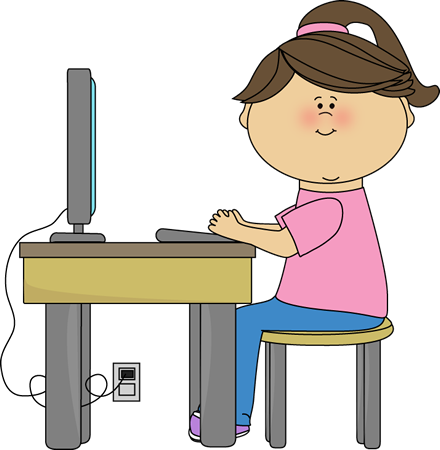Protecting Your Students When Reading: At Home
Posted by Heidi Kessler
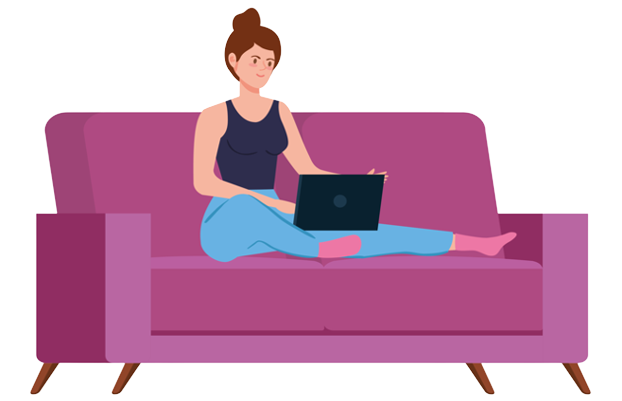
When students are reading at home on a…
- laptop, mobile device, large print, paper braille or refreshable braille displays
- at home seated on a lounge chair, couch or bed
Students who read at home with various accessible options, most often do so in a very casual way; by sitting on a couch or lying in bed. What we need to consider when students read at home in this was is the position of their bodies and the impact it can have on how long they read, how productive their reading is, and how the position itself effects their bodies.



